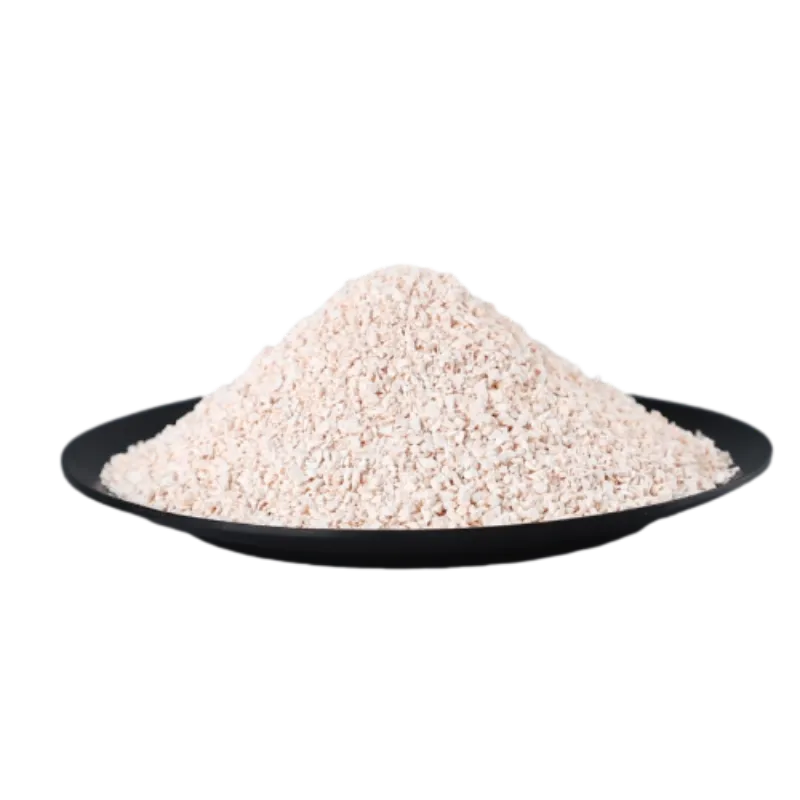coolroof@cnchida.com
+86 13803333363
 Afrikaans
Afrikaans
 Albanian
Albanian
 Amharic
Amharic
 Arabic
Arabic
 Armenian
Armenian
 Azerbaijani
Azerbaijani
 Basque
Basque
 Belarusian
Belarusian
 Bengali
Bengali
 Bosnian
Bosnian
 Bulgarian
Bulgarian
 Catalan
Catalan
 Cebuano
Cebuano
 Corsican
Corsican
 Croatian
Croatian
 Czech
Czech
 Danish
Danish
 Dutch
Dutch
 English
English
 Esperanto
Esperanto
 Estonian
Estonian
 Finnish
Finnish
 French
French
 Frisian
Frisian
 Galician
Galician
 Georgian
Georgian
 German
German
 Greek
Greek
 Gujarati
Gujarati
 Haitian Creole
Haitian Creole
 hausa
hausa
 hawaiian
hawaiian
 Hebrew
Hebrew
 Hindi
Hindi
 Miao
Miao
 Hungarian
Hungarian
 Icelandic
Icelandic
 igbo
igbo
 Indonesian
Indonesian
 irish
irish
 Italian
Italian
 Japanese
Japanese
 Javanese
Javanese
 Kannada
Kannada
 kazakh
kazakh
 Khmer
Khmer
 Rwandese
Rwandese
 Korean
Korean
 Kurdish
Kurdish
 Kyrgyz
Kyrgyz
 Lao
Lao
 Latin
Latin
 Latvian
Latvian
 Lithuanian
Lithuanian
 Luxembourgish
Luxembourgish
 Macedonian
Macedonian
 Malgashi
Malgashi
 Malay
Malay
 Malayalam
Malayalam
 Maltese
Maltese
 Maori
Maori
 Marathi
Marathi
 Mongolian
Mongolian
 Myanmar
Myanmar
 Nepali
Nepali
 Norwegian
Norwegian
 Norwegian
Norwegian
 Occitan
Occitan
 Pashto
Pashto
 Persian
Persian
 Polish
Polish
 Portuguese
Portuguese
 Punjabi
Punjabi
 Romanian
Romanian
 Russian
Russian
 Samoan
Samoan
 Scottish Gaelic
Scottish Gaelic
 Serbian
Serbian
 Sesotho
Sesotho
 Shona
Shona
 Sindhi
Sindhi
 Sinhala
Sinhala
 Slovak
Slovak
 Slovenian
Slovenian
 Somali
Somali
 Spanish
Spanish
 Sundanese
Sundanese
 Swahili
Swahili
 Swedish
Swedish
 Tagalog
Tagalog
 Tajik
Tajik
 Tamil
Tamil
 Tatar
Tatar
 Telugu
Telugu
 Thai
Thai
 Turkish
Turkish
 Turkmen
Turkmen
 Ukrainian
Ukrainian
 Urdu
Urdu
 Uighur
Uighur
 Uzbek
Uzbek
 Vietnamese
Vietnamese
 Welsh
Welsh
 Bantu
Bantu
 Yiddish
Yiddish
 Yoruba
Yoruba
 Zulu
Zulu

Feb . 10, 2025 20:33 Back to list
Green Granules HIREFLE
Roof shingles play a crucial role in protecting your home from the elements, and knowing when to replace them is essential for maintaining your home's integrity. The lifespan of roof shingles depends on various factors including material type, climate, and maintenance regimes. Let's delve into how often roof shingles should be replaced for optimal performance.
Regular maintenance can extend the life of your shingles. Conduct annual inspections to catch early signs of damage. Clean your roof and gutters to prevent debris buildup, which can trap moisture and promote rot. Trim overhanging branches that could fall and damage the shingles. Address any attic ventilation issues that may cause heat and moisture buildup, potentially leading to premature shingle aging. Warranty coverage also plays a significant role in determining shingle replacement timing. Many shingle manufacturers offer warranties ranging from 20 to 50 years, providing a helpful guide for expected shingle lifespan. However, these warranties often require regular maintenance and inspections to remain valid, incentivizing homeowners to keep their roofs in good condition. While understanding the material and environmental factors affecting your shingles can guide replacement timing, consulting with a roofing professional offers the assurance of an expert perspective. These professionals can perform a thorough inspection and provide a detailed assessment and recommendations tailored to your specific situation. Ultimately, knowing when to invest in roof shingle replacement is an exercise in balancing cost, safety, and performance to protect your home and ensure a lasting investment. By considering the type of shingle, environmental conditions, installation quality, and maintenance practices, homeowners can make informed decisions, maximizing the efficiency and lifespan of their roofs.


Regular maintenance can extend the life of your shingles. Conduct annual inspections to catch early signs of damage. Clean your roof and gutters to prevent debris buildup, which can trap moisture and promote rot. Trim overhanging branches that could fall and damage the shingles. Address any attic ventilation issues that may cause heat and moisture buildup, potentially leading to premature shingle aging. Warranty coverage also plays a significant role in determining shingle replacement timing. Many shingle manufacturers offer warranties ranging from 20 to 50 years, providing a helpful guide for expected shingle lifespan. However, these warranties often require regular maintenance and inspections to remain valid, incentivizing homeowners to keep their roofs in good condition. While understanding the material and environmental factors affecting your shingles can guide replacement timing, consulting with a roofing professional offers the assurance of an expert perspective. These professionals can perform a thorough inspection and provide a detailed assessment and recommendations tailored to your specific situation. Ultimately, knowing when to invest in roof shingle replacement is an exercise in balancing cost, safety, and performance to protect your home and ensure a lasting investment. By considering the type of shingle, environmental conditions, installation quality, and maintenance practices, homeowners can make informed decisions, maximizing the efficiency and lifespan of their roofs.
Previous:
Next:
Latest news
-
Premium Stone Coated Metal Roof Tiles | Spain Tile
NewsAug.05,2025
-
Types of Roof Shingles: Durable Styles & Materials
NewsAug.04,2025
-
Different 3 Tab Shingles Types | Affordable & Durable Roofing
NewsAug.03,2025
-
Premium Round Asphalt Shingles: Durable & Elegant Roofing
NewsAug.01,2025
-
Eco-Friendly Clay Tiles | AI-Enhanced Durability
NewsJul.31,2025
-
Durable Shingle Granules for Premium Roofs
NewsJul.31,2025
Related Products
Copyright © 2025 Hebei Chida Manufacture and Trade Co., Ltd. All Rights Reserved. Sitemap | Privacy Policy







